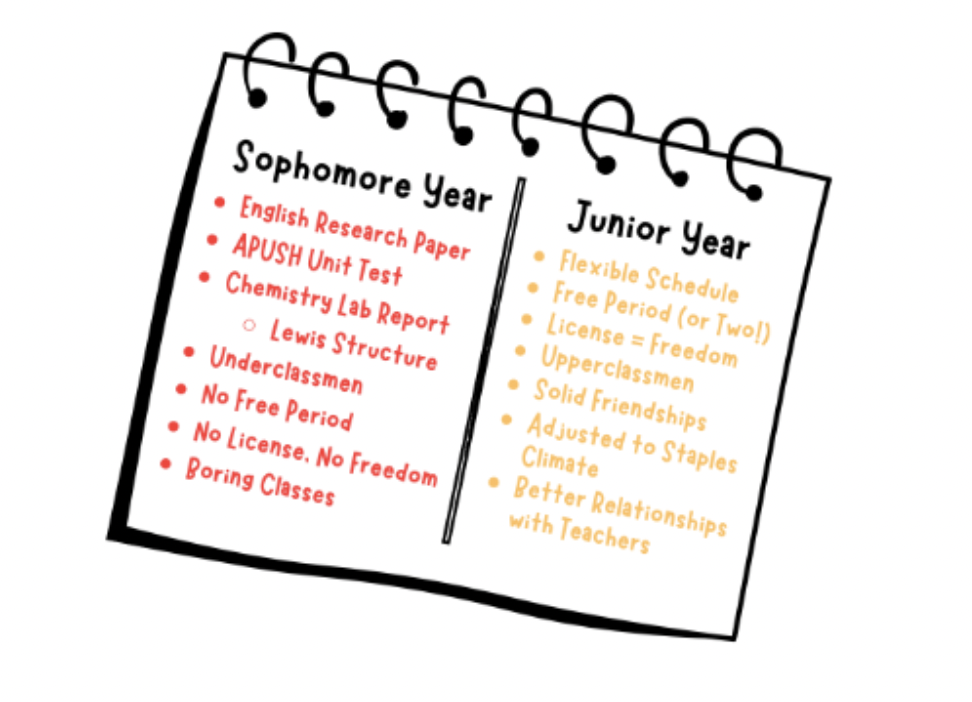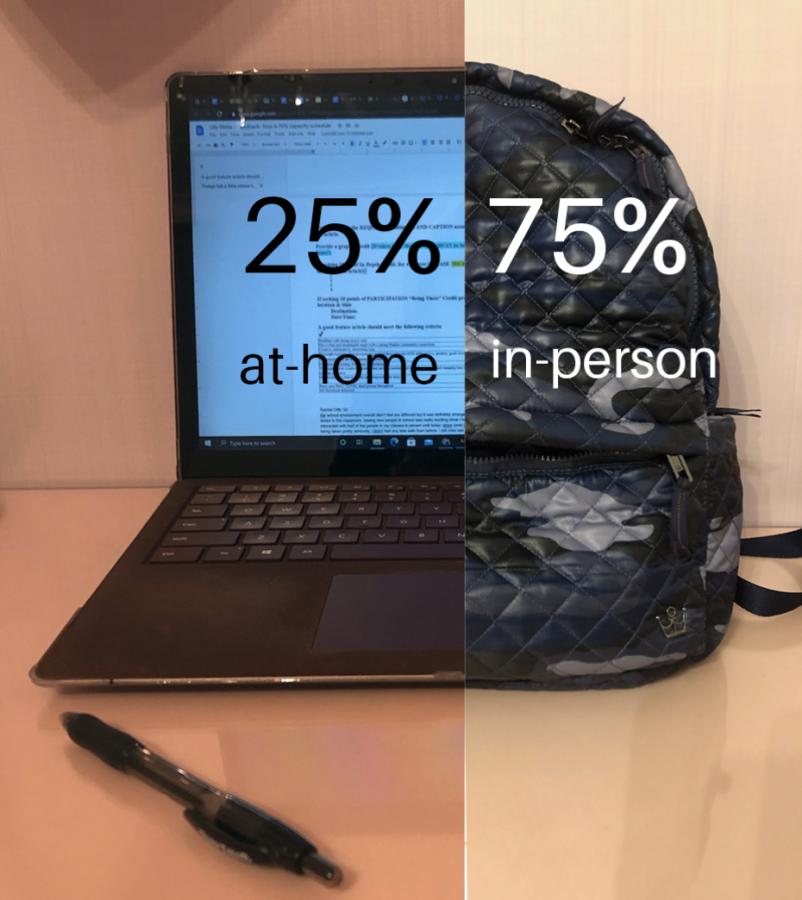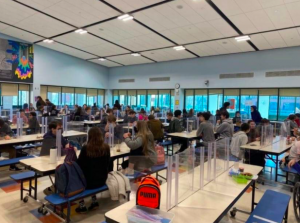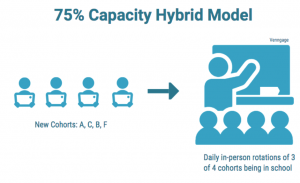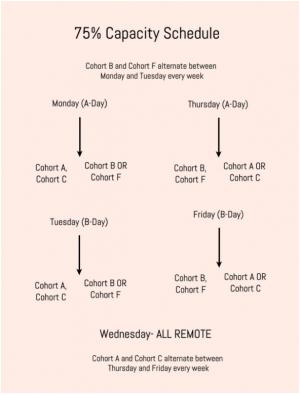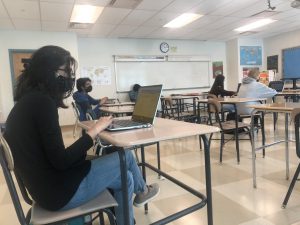Staples community settles into 75% capacity
On March 1, Staples began its new 75% capacity schedule with hybrid students now attending three days a week. Students and teachers alike are excited to see new people in-person. However, some feel there are still issues to fix and that distance learning has not yet overstayed its welcome.
The hallways are packed with people, full of the faces and footsteps of students, some who feel as though they haven’t seen each other for a million years. Shouts of “ohmygodhi” fill the air as peers inexplicably discover their desks are next to each other despite not even knowing they shared a class.
Many students and staff are enthusiastic as they find their footing in the new 75% capacity schedule, which began on March 1. However, others in the Staples community feel there are some kinks to work out during the adjustment period.
The new schedule brings students into school for in-person learning three days a week. Hybrid students are now split into four cohorts—A, B, C and F— as well as two cohorts for full distance and full in-person learners— D and E respectively. Each day, three hybrid cohorts attend in-person, allowing students to see their friends from each of the other three cohorts over the week.
“Seeing new people in school was really exciting since I haven’t interacted with half of the people in my classes in person until today,” Rachel Offir ’22 said.
Staples teachers share this sentiment. With many students returning to school after months as absent but present online (APO), many teachers were happy to see their students in-person.
“It was great to see some of my students again,” math teacher Rasha Tarek wrote. “I recently had several classes without any in-person students, and having people in the room again is certainly refreshing.”
With an increase of in-person learning, many students have experienced higher levels of class engagement.
“With being in-person more and being on Zoom less I feel like personally I have a better time learning as being in-person eliminates some of my distraction,” Ella Trivisonno ’24 said.
Despite this big change, some students, such as Offir, believe the overall school environment hasn’t altered much. However, other students feel more claustrophobic with the larger population.
“I guess I’m just so used to 50% that 75% is 25% more than my version of a ‘full’ school,” Dylan Qi ’23 wrote.
However, in terms of safety, Tarek, Offir and Qi all feel confident that COVID precautions are still being followed as they were in the 50% capacity model.
“It felt the same, because desks are generally separated. And everyone still had their masks on, so I felt pretty safe,” Qi wrote.
Although Qi is not concerned with safety, he does take issue with the fact that class periods are still 80 minutes long. Offir agrees, yet acknowledges the hassle of changing the timing of the schedule midyear.
“I still miss last year’s schedule with shorter classes, but I think that for now, the current schedule makes sense for the situation,” they said.
Another concern expressed by some in the Staples community is the ever changing nature of the new schedule, which can be confusing. On Mondays and Tuesdays, both cohorts A and B will attend school in-person while cohorts C and F alternate between going in-person on one of the two days each week. On Thursday and Friday, the opposite occurs with C and F attending both days and cohorts A and B having the weekly changes.
“I think if I could change anything about the new schedule it would be the alternating days,” Trivisonno said.
The at-home school environment on Zoom has also changed. As in-person attendees increase to 75%, the number of those on Zoom decreases to 25%. These uneven numbers can make it harder for online students to speak up in class or for teachers to pay proper attention to them.
“It definitely felt harder to participate in class discussions and I felt isolated from the people in class more than ever,” Mia Vindiola ’23 said.
Ultimately, the 75% capacity schedule allows for a transition period from at-home learning to the full in-person schooling of ordinary school years. Despite some adjustments, many students and teachers are happy to be bringing friends new and old back into the building.
“Things felt a little closer to normal,” Tarek wrote, “although we still have a long way to go.”
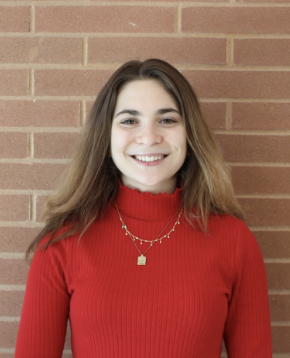
Creative Director Lilly Weisz ’23 has no hesitation when it comes to helping out with anything Inklings related. When Weisz originally joined Inklings,...






























